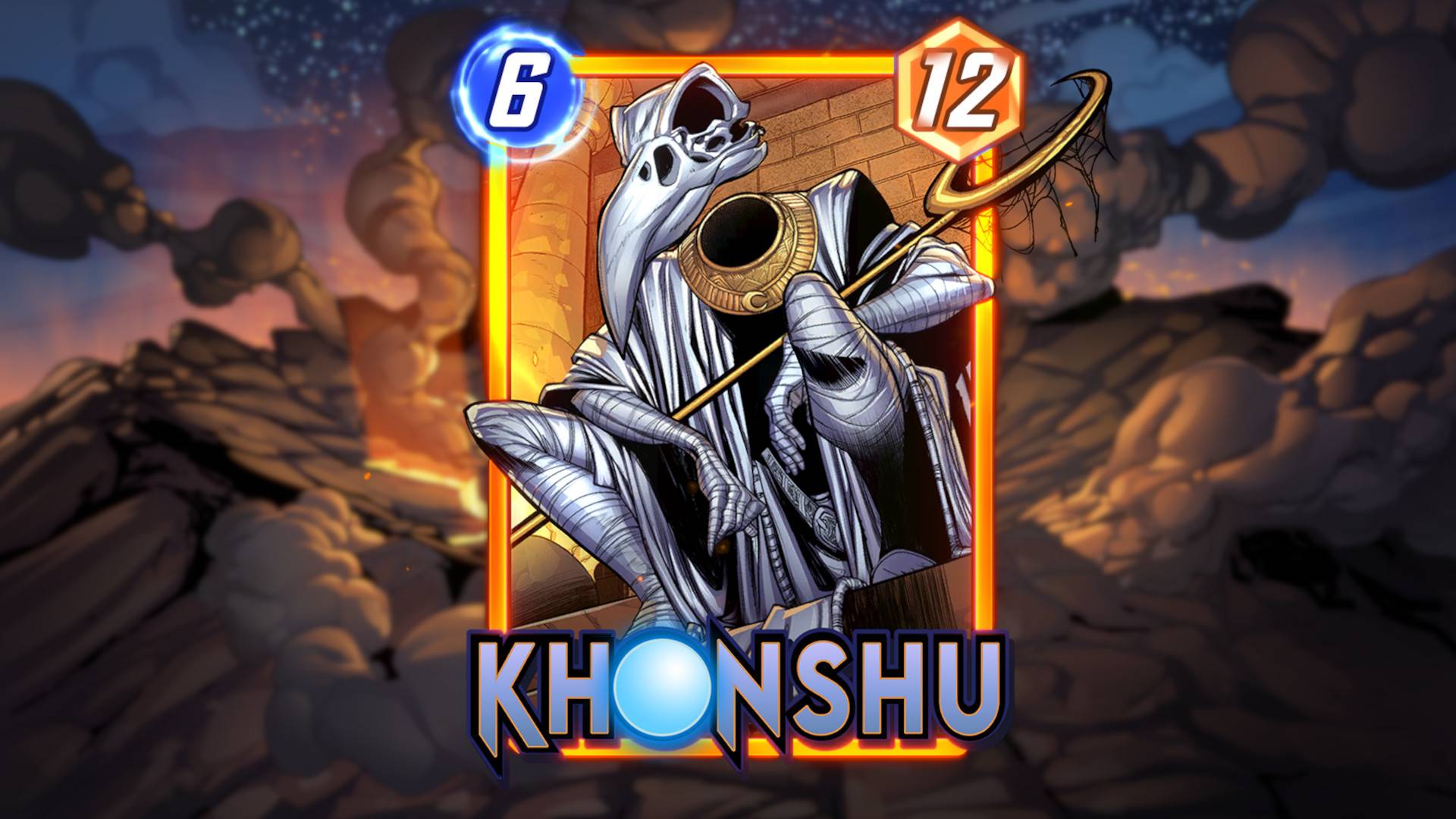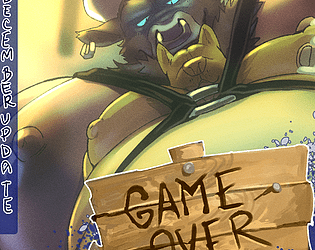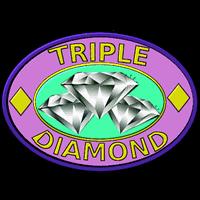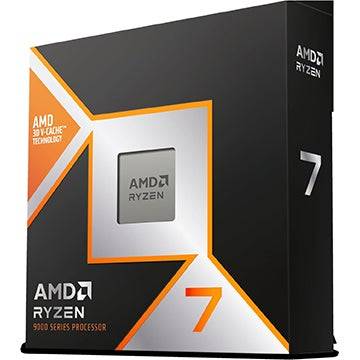Stats Show Players Distrust Marvel Rivals' Ranked Mode
Recent statistics about the rank distribution in Marvel Rivals on PC have sparked both interest and concern among the gaming community. A key point to focus on is the distribution of players in the Bronze ranks, particularly Bronze 3. In Marvel Rivals, reaching level 10 automatically places players in Bronze 3, after which they must engage in ranked matches to progress further.
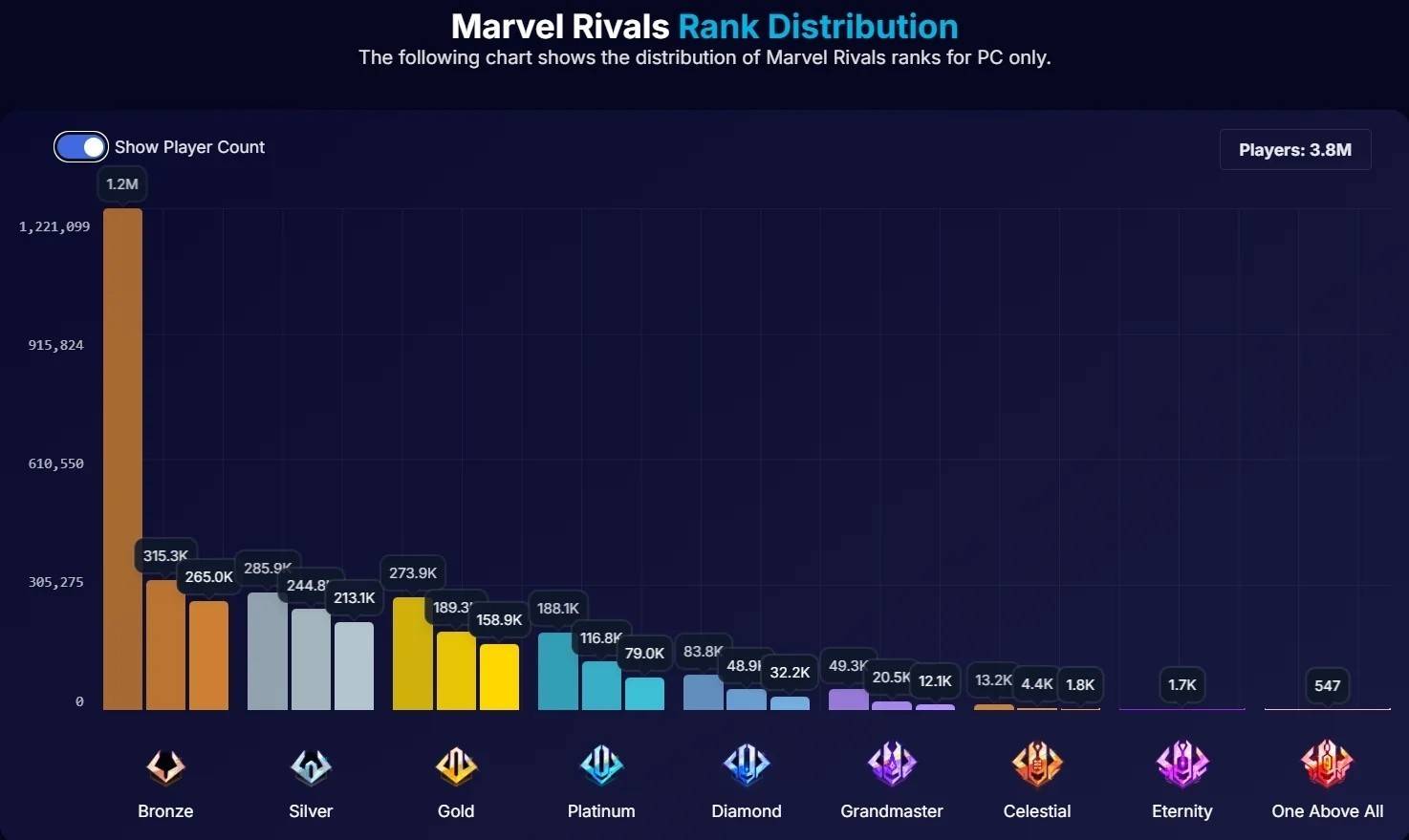 Image: x.com
Image: x.com
In most competitive games, the transition from Bronze 3 to Bronze 2 is designed to be relatively straightforward. Developers typically aim for a rank distribution that follows a Gaussian curve, or bell curve, where the majority of players fall into the middle ranks, such as Gold. This model ensures that players are "pulled" towards the center, with each win granting more points than a loss, facilitating movement up the ranks.
However, the data for Marvel Rivals reveals a stark deviation from this norm. There are four times as many players in Bronze 3 compared to Bronze 2, indicating a rank distribution that is far from Gaussian. This unusual concentration at the lowest rank suggests a lack of engagement with the ranking system. Players may not be motivated to climb the ranks, which could be due to various reasons such as dissatisfaction with the game's mechanics, the perceived value of ranking up, or other factors.
This situation should be a cause for concern for NetEase, the developers of Marvel Rivals. A healthy competitive ecosystem thrives on player engagement and progression. The current rank distribution could signal underlying issues that need to be addressed to maintain and grow the game's player base. NetEase might need to reassess the ranking system, possibly by making it more rewarding or adjusting the mechanics to encourage more players to participate actively in ranked matches.
-
The Heaven Burns Red team is thrilled to announce the game's 100-Day Anniversary event, packed with exciting new content, including fresh storylines, Memorias, and challenges. The celebration kicks off today, February 21st, and will run until March 20th. Get ready to dive into a world of adventure aAuthor : Emily Apr 09,2025
-
Attention all discard deck enthusiasts in *Marvel Snap*! Khonshu, the God of the Moon, has graced the game with his presence, and he's bringing a powerful twist to discard strategies. This card, one of the most intricate released by Second Dinner to date, deserves a deep dive into how it functions aAuthor : David Apr 09,2025
-
 Dream Wedding Planner GameDownload
Dream Wedding Planner GameDownload -
 DreamVilleDownload
DreamVilleDownload -
 Dream House DaysDownload
Dream House DaysDownload -
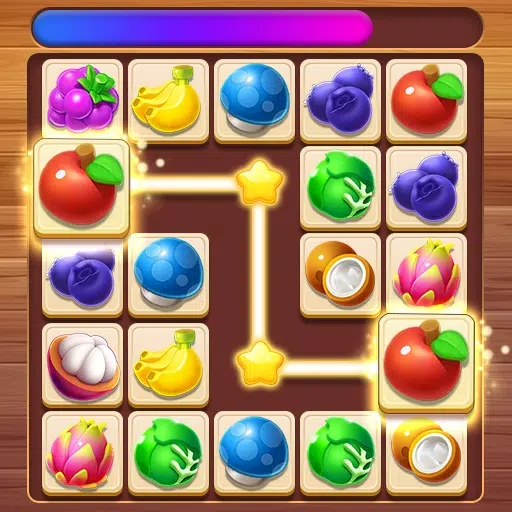 Onet MatchDownload
Onet MatchDownload -
 Shelf Sort: Goods Sort & PackDownload
Shelf Sort: Goods Sort & PackDownload -
 Castle - Make & PlayDownload
Castle - Make & PlayDownload -
 Nextbots Sandbox PlaygroundDownload
Nextbots Sandbox PlaygroundDownload -
 My Cute Otome Love Story GamesDownload
My Cute Otome Love Story GamesDownload -
 Drive Range Rover Sport DriftDownload
Drive Range Rover Sport DriftDownload -
 Mini Micro Mall - Tycoon GameDownload
Mini Micro Mall - Tycoon GameDownload
- WoW Patch 11.1: Character Customization Update, Restrictions Apply
- "Path of Exile 2 Developers Address Key Issues and Share 10-Week Early Access Results"
- Disney Mirrorverse Announces EOS By The End Of This Year
- Top Classic Board Games for 2025
- Roblox Simulator Codes: Unlock Exclusive Rewards!
- Whip Up Delish Food In The Play Together x My Melody & Kuromi Crossover!


